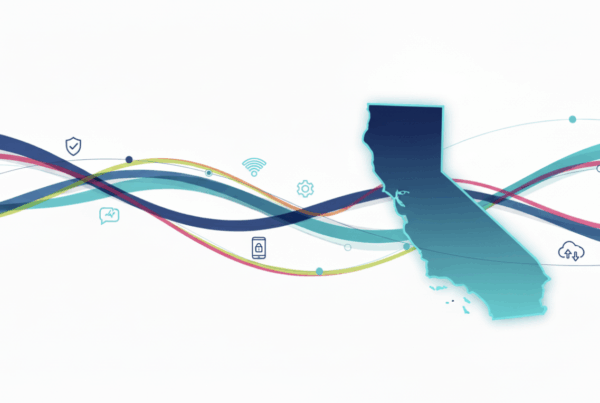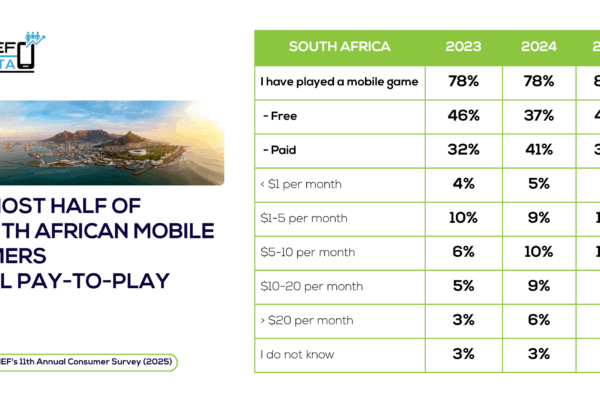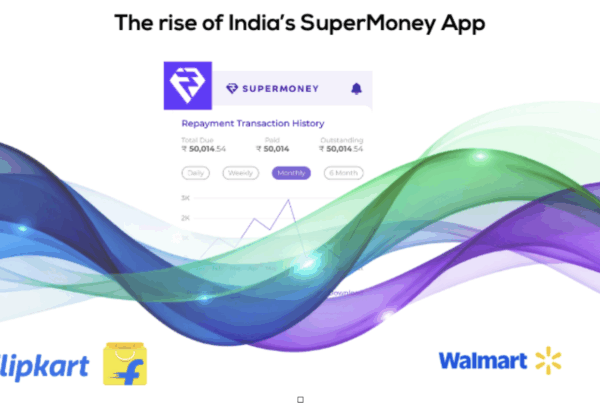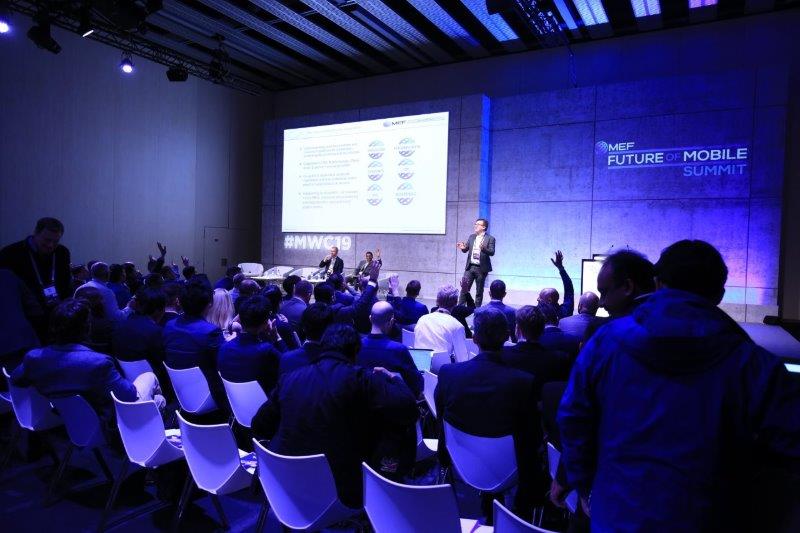Meta’s Threads is testing open DMs, shifting from feed-based posting to private-first communication. With Gen Z preferring chats, Meta aims to hook users through networking, creator engagement, and potential professional use. MEF CEO Dario Betti discusses Meta’s attempt at integrating Threads into its wider messaging empire.
Meta’s Threads has quietly released an option to allow all users to send direct messaging to each other, in other words it is testing in September 2025 if Threads could be turned into a messaging app.

This began as a cautious experiment in semi-private communication as a supplement to the micro blogging site, where only mutual Instagram connections or followers could DM you (where ‘DM’ stands for ‘direct message’). The app is now expanding into a free-for-all. Currently, selected users can allow anyone to send them a direct message request, via ticking an option. A separate inbox will attempt to filter the noise, but the intent is unmistakable. The ultimate goal? Threads don’t just want to be a feed-based app; it wants to anchor itself in the private messaging universe.
The Era of Private-First Social
This decision isn’t made in a vacuum. The numbers tell the story: the center of gravity in social media has shifted from public posts to private conversations. According to Pew and Snap’s joint 2024 survey, 70% of Gen Z said they now prefer connecting in private chats over posting to feeds. Meta itself admits that on Instagram, half of all time spent in the app happens inside DMs, not scrolling posts. Meanwhile, WhatsApp — Meta’s global messaging powerhouse with 3.2 billion monthly actives — processes 100 billion messages every single day.
Threads choosing to make DMs central isn’t innovation. It’s survival. Meta is betting that users don’t want larger audiences — they want tighter access. The social currency of the 2020s isn’t ‘likes’ it’s ‘direct reach.’ ”
Public timelines, once the heart of “social networking,” are being abandoned in favour of more intimate spaces. Privacy scandals, bullying, fake posting, over commercialisation of boards messages, and algorithmic chaos have driven users to interact in smaller circles. Meta is reacting to numbers that show feeds are for discovery, but retention happens in DMs.
Threads is potentially late to the game here (not surprising for a 2 year old app). However, Threads grew healthily with around 175 million monthly users as of mid-2025, but far from Instagram’s 2.4 billion or TikTok’s 1.8 billion. Meta needs to hook users into habits that keep them checking in. The app won’t survive if posting to the feed is the only action people take.
Easier Networking, Real Conversations?
The upside is obvious. Removing the “follow-first” barrier creates doors for connection that didn’t exist before. Want to collaborate with another creator? DM them. Want to thank someone for their insight without looking performative in public comments? DM them. For small businesses experimenting with Threads, open requests could double as lightweight customer service or lead generation.
Creators have proven the power of private messaging elsewhere: research from Fanfix shows that direct message access can increase fan loyalty by 2.3x compared to engagement in public comments. And even LinkedIn admits that 43% of its networking activity now happens through private messages, not posts.
If Threads can cultivate that same dynamic — a halfway house between the town square and your phonebook — it could carve itself into a niche that X and TikTok don’t own, yet. Think “LinkedIn-lite” but inside Meta’s ecosystem.
The Risk: Spam, Creeps, and Request Fatigue
But let’s not pretend this is all easy. Open inboxes bring the problems out. X found in 2023 that 60–70% of DM requests were spam or low-value messages. Instagram has had to roll out increasingly sophisticated AI filters just to protect users especially women and teens from harassment and scams. In fairness, ‘DM from all’ is currently to be only available to over 18-year-old users, but the age verification process is not present.
Threads says there will be controls: a request folder, block features, user settings. But controls are reactive, not preventative. The onus falls on users to sift through noise, and history shows that enthusiasm fades quickly when inboxes become graveyards of half-hearted pitches and automated junk. The danger isn’t just abuse; it’s exhaustion. People will stop checking requests altogether.
That’s why Threads’ success hinges on how well its AI moderation works from day one. If the junk is kept in check, users may lean in. If not, it might backfire.
Meta’s Bigger Play: Total Messaging Domination
Pull back and the strategy gets clearer. Meta doesn’t just want Threads to survive; it wants Threads to slot into its messaging meta-structure:
- WhatsApp is for personal and global peer-to-peer.
- Messenger is for families and aging groups (plus it has a USA flavour)
- Instagram DMs dominate creator-to-fan engagement.
- Threads could become the “professional + idea” messaging layer (between X newsy and LinkedIn community options).
And if Meta eventually activates messaging interoperability between Instagram, WhatsApp, Messenger, and Threads — a project it’s been quietly building for years — suddenly Threads users aren’t stuck with a 175M cap on reach. Their inboxes could become portals into Meta’s full 5+ billion user messaging network worldwide. That’s the long game.
Culture Shift: From Public Broadcasts to Whispered Connections
The cultural backdrop is just as critical. According to GWI’s 2025 global study, 58% of users report feeling “overexposed” when posting publicly, while Pew found 62% of U.S. teens say their social lives now “happen in group chats, not feeds.” Even TikTok, the quintessential public stage, is now doubling down on private sharing tools.
Threads choosing to make DMs central isn’t innovation. It’s survival. Meta is betting that users don’t want larger audiences — they want tighter access. The social currency of the 2020s isn’t “likes,” it’s “direct reach.”
The impact
Threads’ open DMs signal a “private-first” communication shift. This could boost CPaaS by offering a wider and yet more fragmented market of messaging app potentially available to enterprise communication. This drives CPaaS market growth, emphasizing AI, personalization, and compliance. However, the enlarged Meta APIs could become a commercial powerhouse challenging some of integration that CPaaS offer themselves (from targeting, management, and reporting). The business messaging landscape is changing fast; soon commercial models might also be affected.





